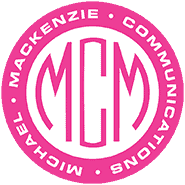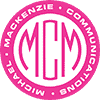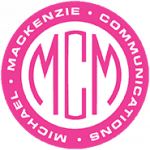Ever since I was a teenager reading teen and beauty publications, I’ve always been skeptical about product placements, best products columns and the disclaimer “Special Section” in microscopic font. It turns out I was right to be wary – and that was before the advent of the social media influencer!
Paid media is the term for ads and advertorial copy purchased to present a certain point of view or promote a specific product or service. Unlike earned media, paid media is not written from an unbiased standpoint. Third party credibility provided by objective writers and editors is very valuable to companies since it is the most trusted form of media. While public relations efforts can influence the use of a company name or product, with no exchange of payment, positive reviews or mentions are much more credible.
The level of ambiguity between news and advertorial has only increased with the internet, which has brought us countless online publications and social media sites. Spawning cottage industries and entrepreneurs, marketers found new ways to reach consumers and oftentimes blur the lines between news content and product endorsements.
I recall a study by the University of Georgia a few years back that found the majority of readers don’t notice sponsor disclosure labels placed at the top of sponsored articles. In particular, readers don’t even recognize phrases such as “presented by” or “partner article” when there are mild attempts in place to differentiate ads from editorial content.
“Native advertising” refers to advertising that very closely resembles the platform where it appears. In other words, the style of the ad looks so much like the actual articles, news or posts, the average reader wouldn’t even notice they were looking at an ad. This is particularly prevalent on social media sites. Paid media has benefits for marketers since it increases visibility and name recognition and can be a valuable part of an overall marketing plan.
While the Federal Trade Commission provides guidelines to prevent deceptive practices, enforcement is difficult. Much of the responsibility to inform readers that they are seeing advertisements seems to be falling to social media platforms, requiring them to police themselves. With sponsored articles taking the place of often blocked banner ads, money talks – so there is quite a bit of incentive to place native ads and partner articles.
At Michael Mackenzie Communications we direct efforts to explore earned media first and advise clients on the importance of third-party credibility. Consumers, whether individuals or businesses, really want to see unbiased information and place their trust more readily in claims that don’t originate with the seller.
The next time you’re reading a glowing review of a product – whether online or in your favorite periodical – take a moment to look for those deceptively small disclaimers that indicate the review is really an ad. Consumers are in a “reader beware” situation if they are really seeking unbiased product information. And, that glowing recommendation on Instagram? Your favorite influencer may be collecting a hefty paycheck for that post!
This post is courtesy of MMC Media Relations Manager Malinda Lackey.



